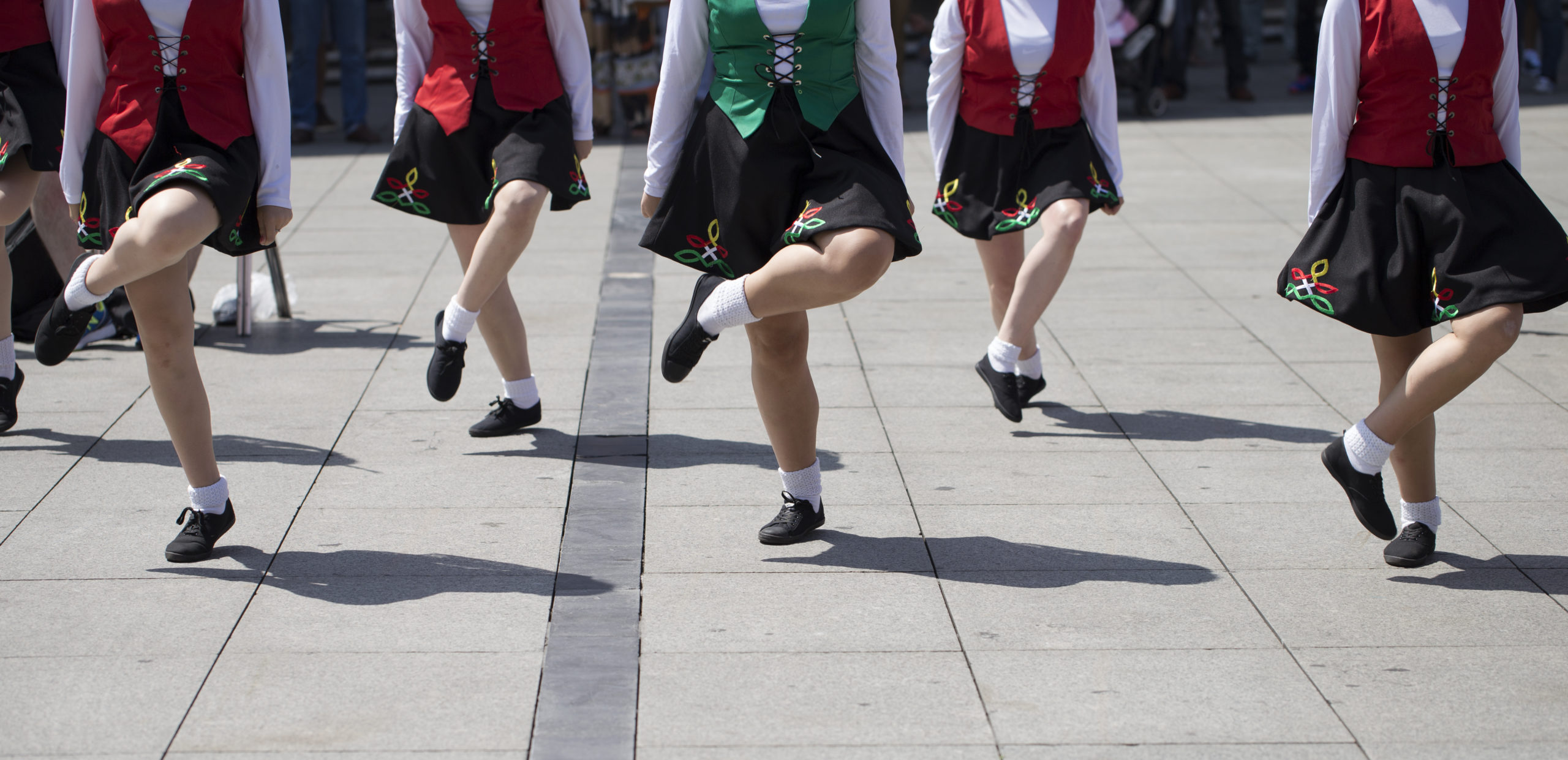Music

Music courses are a very popular choice. Music is the medicine that soothes the soul. Are you a wannabe musician? Isn’t it time perhaps you got that music star dream out in the open and do something about it. Like taking your guitar out of the wardrobe and learning to play it properly? There are so many lessons and training programmes out there for those reluctant rock stars or concert pianists that will point them to success once they’ve built up the courage and the commitment to see a course through. Alternatively, there are plenty of academic or theory-based paths of study for those who want to learn more about the art form.
Background
Before you decide upon which instrument you’d like to learn, or area you’d like to study, it’s essential that you learn a little about the background of music. Music has developed over the centuries to the electronic walls of sound we hear today. Take yourself a decent, well-reviewed book that will give you an introduction to the world of music in accessible English. Sometimes while studying music it’s helpful to categorize according to the period in history in which it was written.
Music written in the same geographical area around the same historical period often shares certain characteristics. The fields of visual art and literature use similar types of historical categories for similar reasons. In music, this type of categorization is most often applied to the art music of Europe and the United States. Trying to use the same dates and historical periods for other parts of the world would be pointless since Europe’s culture and history differ so profoundly from those of further continents.
Here are the principal historical trends in the development of music:
- Medieval (400-1400)
- Renaissance (1400-1600)
- Baroque (1600-1750)
- Classical (1750-1800)
- Romantic (1800-1900)
- 20th Century / Modern (1900-present)
You’ll want to – and you need to – know something about the technical side of sound too. Sound is composed of three basic elements: frequency, amplitude and timbre. These are all different characteristics of the sound wave itself, which is essentially a vibration in the air that eventually reaches our ears. Frequency is the number of cycles per second (cps or Hertz, Hz). In music, we call this pitch – the relative highness or lowness that we hear in a sound. The range of human hearing varies from individual to individual, but normally falls between 20 Hz and 20,000 Hz (or 20Khz).
Singing
Singing is one of the most popular ways of making music and whether you sing like a crow or a diva, you should try to understand the art. It is also probably the oldest, if we assume that people sang before they bothered constructing instruments. Voices are usually categorized by range, which in turn is determined by the length and thickness of the vocal cords. A person’s range can be extended through training, but can’t exceed the physical limitations of their vocal cords. Men have larger and thicker vocal cords than women so they have lower voices – the chords will not vibrate fast enough to produce the higher frequencies that women can. That’s why you’ve heard of altos and tenors and baritones. These are all names given to men and women singing at low, high and middle ranges.
Learning Paths
Now, if you’ve decided you want to take up an instrument, here’s a tiny little bit of background to help you decide which is the one for you. If you’re not learning the piano, drums or brass section, you’ll be playing a string instrument. The string instruments most commonly found in the orchestra come in two varieties – bowed and plucked. The violin is the smallest of the bowed string instruments, and the most numerous. The violin section is often given the most important parts and the best violinist in the section in called the Concertmaster. This person has the responsibility of making sure everyone in the section knows their parts and is also in charge of tuning.
The viola is a little larger and lower pitched than the violin and usually gets a less difficult part in the performance. The cello is larger still and has a very warm sound. When featured, it is usually given a very lyrical, sustained melody. The double bass is the largest of the bowed strings. It has a rougher sound and is not often heard. Its usual job is merely to play the bass line.
The orchestral harp is probably the best known of the plucked string instruments. It’s a triangular wooden thing with over 40 strings – you’re probably tired of seeing it reproduced on all your post from the Revenue Commissioners! If the harp isn’t for you then you could pick up the guitar. You have the choice between the regular acoustic or electric model, or the “classical” guitar which is usually not used in orchestras but is often heard as a solo instrument. Much of the music written for the classical guitar comes from Spain.
By Mark Godfrey


Leave a comment